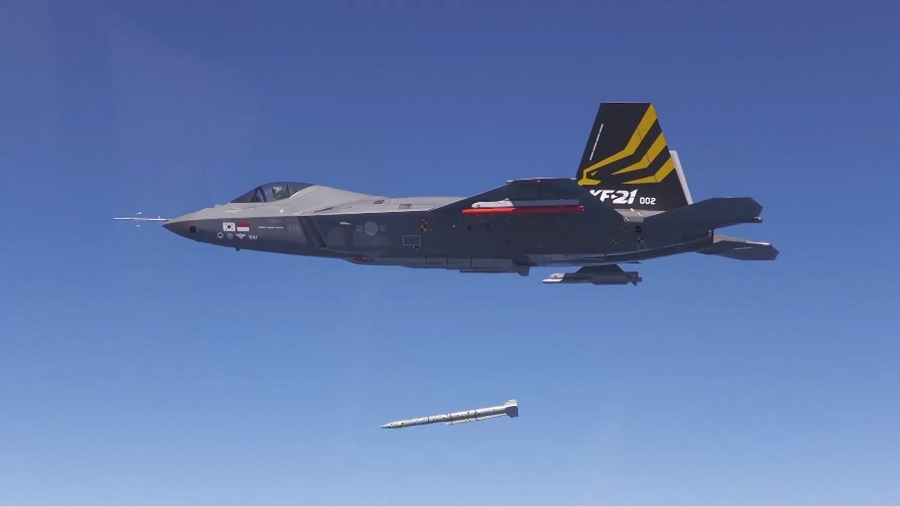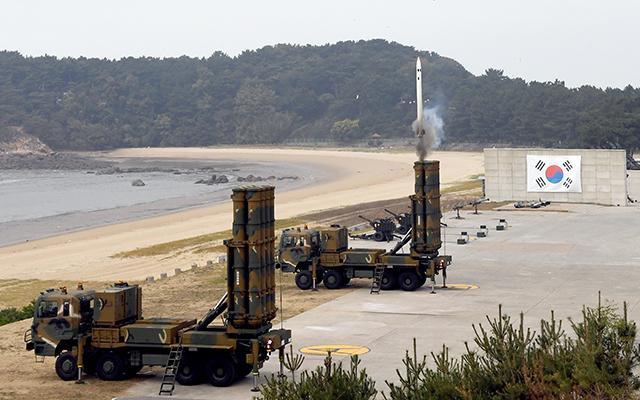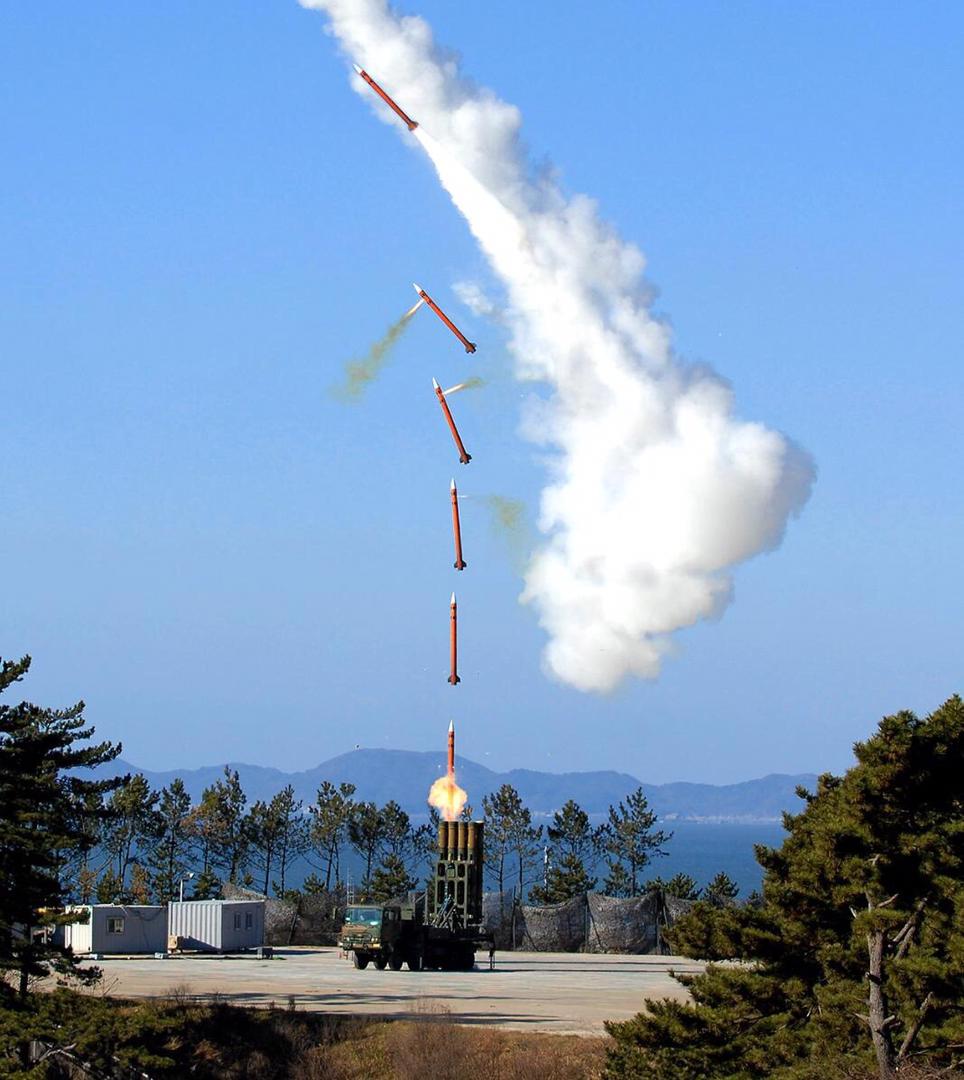UAE Edges Closer to Acquiring South Korea’s Indigenous KF-21 Boramae Fighter Jet??
This landmark pact has intensified speculation that the UAE could emerge as a future development partner for the KF-21 programme, potentially displacing Indonesia, whose role in the project has come under growing uncertainty due to long-standing financial irregularities.
(DEFENCE SECURITY ASIA) — In a significant leap forward for bilateral defence ties, senior military officials from South Korea and the United Arab Emirates (UAE) have signed a milestone agreement to bolster comprehensive collaboration on Seoul’s flagship next-generation fighter aircraft, the KF-21 Boramae — a move that brings the Gulf nation closer to a possible acquisition of the advanced multi-role platform.
This landmark pact has intensified speculation that the UAE could emerge as a future development partner for the KF-21 programme, potentially displacing Indonesia, whose role in the project has come under growing uncertainty due to long-standing financial irregularities.
Indonesia currently holds a 20 percent stake in the KF-21 development initiative but has faced criticism for failing to meet its financial obligations, casting doubt over Jakarta’s long-term strategic commitment to the project.
According to the Republic of Korea Air Force (ROKAF), the agreement was signed during an official visit by UAE Air Force and Air Defence Commander, Major General Rashed Mohammed A. Al Shamsi, to the headquarters of Korea Aerospace Industries Ltd. (KAI) in Sacheon, located approximately 290 kilometres south of Seoul.
The agreement was formalised alongside ROKAF Chief of Staff, General Lee Young-su, and will enable UAE Air Force officials to closely monitor KF-21 flight training exercises and visit frontline South Korean air bases preparing to operate the cutting-edge fighter jet.
The KF-21 Boramae, categorised as a 4.5-generation combat aircraft, is scheduled to enter full operational service with the Republic of Korea Air Force in 2026, representing a major leap in the nation’s indigenous aerospace capabilities.
The UAE’s participation marks the first instance of a Middle Eastern state institutionalising regular high-level defence aviation engagements with South Korea, underscoring Abu Dhabi’s growing interest in diversifying its airpower sources beyond traditional Western suppliers.

This strategic dialogue was initiated following General Lee’s visit to Abu Dhabi in March, where both countries agreed to elevate coordination across multiple defence platforms and strategic domains.
As stipulated under the agreement, both air forces will convene semi-annual bilateral meetings to ensure consistent and structured defence cooperation.
General Lee also reaffirmed South Korea’s full support for the UAE’s integration of the Cheongung-II medium-range surface-to-air missile system, which was procured under a landmark US$3.5 billion defence contract in 2022.
This state-of-the-art air defence system is designed to intercept aerial threats and ballistic missiles at distances of up to 40 kilometres, reinforcing the UAE’s layered air defence network.
Currently in its final development stages, the KF-21 Boramae represents South Korea’s most ambitious military aviation programme to date, aimed at replacing legacy platforms such as the F-4 Phantom and F-5 within ROKAF’s inventory.
Developed by KAI, the programme reached a pivotal milestone in mid-2024 with the launch of mass production for the first 20 aircraft, signifying a major shift in Asia’s airpower landscape.

Deliveries of the initial production batch are expected to commence by late 2026, establishing the KF-21 as one of the most strategically significant air combat modernisation efforts in the Indo-Pacific region.
As of now, the KF-21 has successfully completed over 1,000 flight tests, including high-risk operations such as night-time aerial refuelling and live-fire missile launches involving next-generation weaponry like the Meteor beyond-visual-range air-to-air missile (BVRAAM) and the AIM-2000 infrared-guided missile.
To maximise mission adaptability, KAI is simultaneously developing three distinct variants of the aircraft: the KF-21EA for electronic warfare operations, the KF-21EX with enhanced stealth configurations, and the KF-21SA, a tailored export version for international customers.
Powered by twin General Electric F414-GE-400 engines, the KF-21 can achieve speeds up to Mach 1.8, placing it among the fastest in its generation.
Its sensor suite includes a Hanwha Systems-built Active Electronically Scanned Array (AESA) radar, offering unparalleled multi-target detection, electronic warfare resistance, and all-weather tracking capabilities.
The aircraft’s flexible weapons load allows for the deployment of a broad spectrum of precision-guided munitions and air-to-ground or air-to-air missiles, reinforcing its role as a true multi-role platform suited for complex 21st-century combat environments.

The KF-21’s accelerated development has not only enhanced Seoul’s sovereign defence posture but also repositioned South Korea as a serious competitor in the global combat aircraft market traditionally dominated by U.S., European, and Russian manufacturers.
The deepening strategic defence relationship between South Korea and the UAE has also been exemplified by Abu Dhabi’s acquisition of the KM-SAM Block II (Cheongung-II) air defence system, developed by South Korea’s LIG Nex1, in collaboration with the Agency for Defense Development (ADD).
One of the most compelling features of the KM-SAM Block II is its hybrid technological DNA, integrating key design elements from both Western and Russian air defence architectures — a rarity in contemporary military systems.
The system benefited from technical input by Russia’s Almaz-Antey, the state-owned defence giant responsible for iconic systems such as the S-300, S-400, and the next-generation S-500, blending Russian intercept doctrine with South Korea’s indigenous innovations.
Radar components for the KM-SAM were supplied by Hanwha Systems, while Hanwha Aerospace delivered the mobile launch vehicles, further underscoring South Korea’s growing vertical integration in defence manufacturing.
Structurally, the KM-SAM II consists of a Fire Control Centre (FCC), a Multifunction Radar (MFR), and multiple Transporter Erector Launchers (TELs), each capable of launching up to eight interceptors in rapid succession.

The platform’s X-band 3D Passive Electronically Scanned Array (PESA) radar can detect targets up to 100 kilometres away and track as many as 40 threats simultaneously — a critical attribute in high-saturation combat scenarios.
The KM-SAM Block II can neutralise aerial targets flying as high as 15 kilometres (approximately 49,000 feet) at a distance of up to 40 kilometres, positioning it as a crucial component in medium-tier air defence coverage.
With both the KF-21 and KM-SAM programmes advancing in parallel, the defence partnership between Seoul and Abu Dhabi is poised to enter a new era defined by strategic convergence, cutting-edge military technology, and an evolving multipolar security environment.
— DEFENCE SECURITY ASIA


